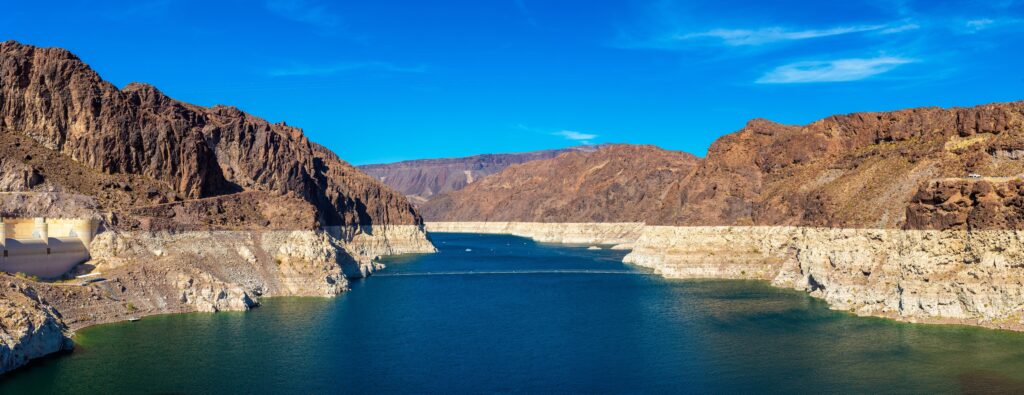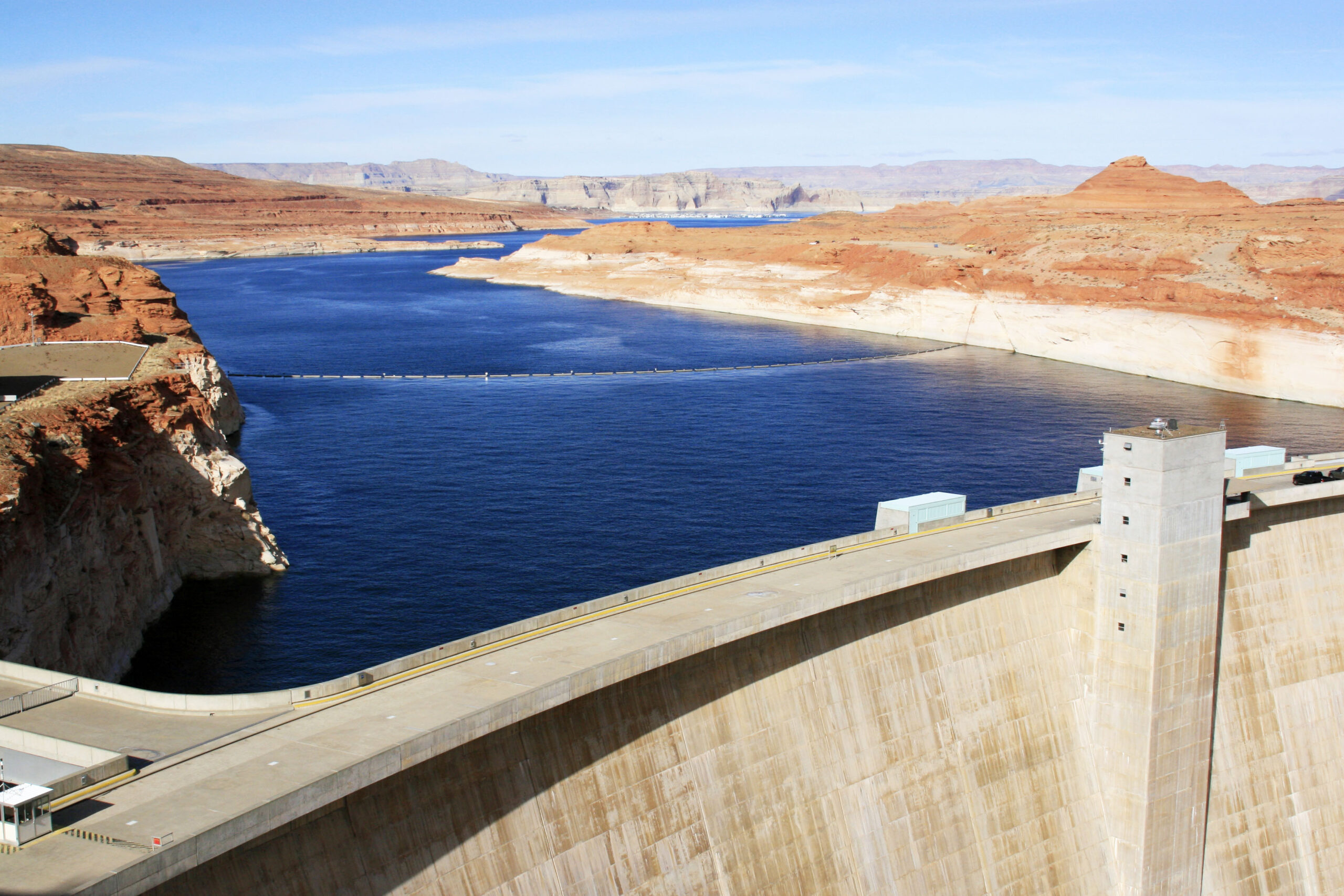Bureau of Reclamation “Non-Plan for Lake Mead”
Joanna Allhands, Columnist for the AZ Republic in the Opinion Section of 8/17/22 lays out the recent developments in the ongoing water crisis of the Colorado River.
Weeks ago, the Bureau (which oversees Lakes Powell and Mead) had given the 7 basin states a 8/16/22 deadline to come up with two to four million acre-feet of cuts. Barring that, it would step in and impose the cuts itself.
Arizona was already facing a Tier 2a cut by the end of 2022 and a Tier 2b cut loomed for 2023. The decline in the lakes’ levels had recently accelerated and as stated in the Republic article, Mead is projected to slide below its minimum protection level of 1,020 by next summer and even below 1,000 feet by 2024. This would be close to the level at which power could no longer be generated in Lake Mead.

But, surprise, The Bureau of Reclamation DIDN’T step in when the states couldn’t reach a deal. And the Bureau didn’t offer any details on how much water or when it wants it saved.
This came as a total surprise. What was not a surprise was that the 7 basin states could not reach an agreement. Some reporters quoted bickering in the meetings taking place – no surprise.
Reclamation’s modeling suggests that at least 2.5 million acre-feet of water use in 2023 and beyond need to be cut simply to maintain minimum levels in the two lakes. This is a huge amount.
The article also points out that for years the game has been to suggest voluntary collaboration among states and voluntary conservation. This clearly has not worked and now we need to do a lot more.
As pointed out in a recent blog of mine, the north Phoenix pipeline being constructed in my neighborhood would make up for only 1/7 of the proposed cuts in 2023.
We have some backup in the large reservoirs east of Phoenix and in underground storage, however if one looks at the graphs of the decline in Mead and Powell, as the article states, we are on a straight shot to “dead pool,” a situation where no water can pass downstream to the lower basin states.
If that happens, we will have to draw on our last defense – the groundwater and the eastern reservoirs. But what if these are exhausted as the drought continues?
Clearly we need decisive action on the part of the Bureau and the basin states.
(And de-sal, in my opinion should have been on the table years ago). (see recent blog on de-sal) (author)

